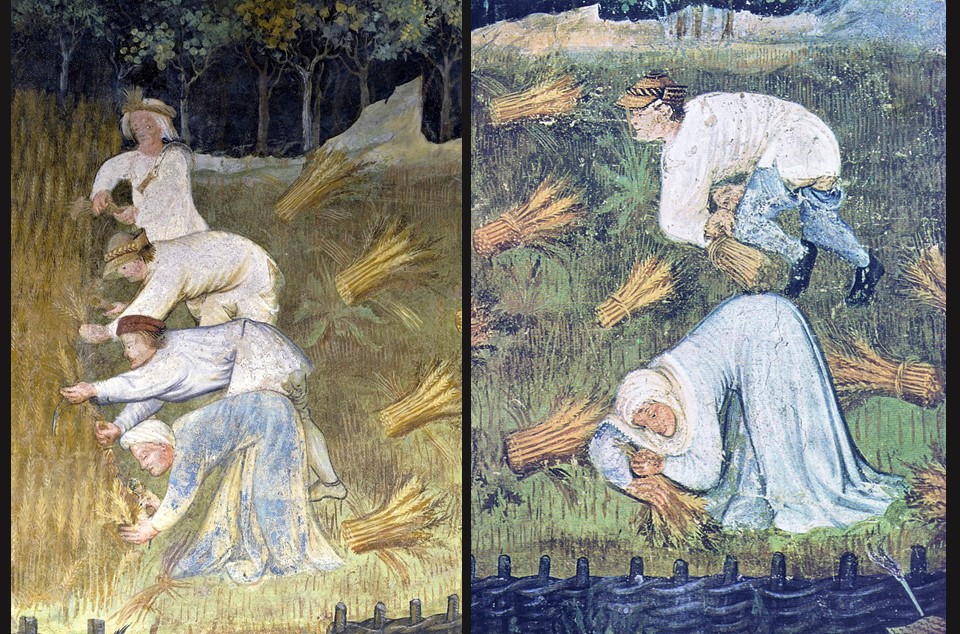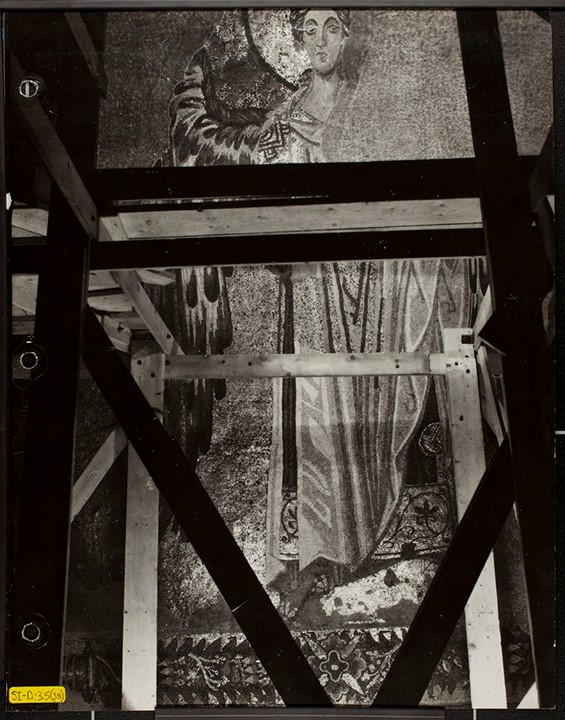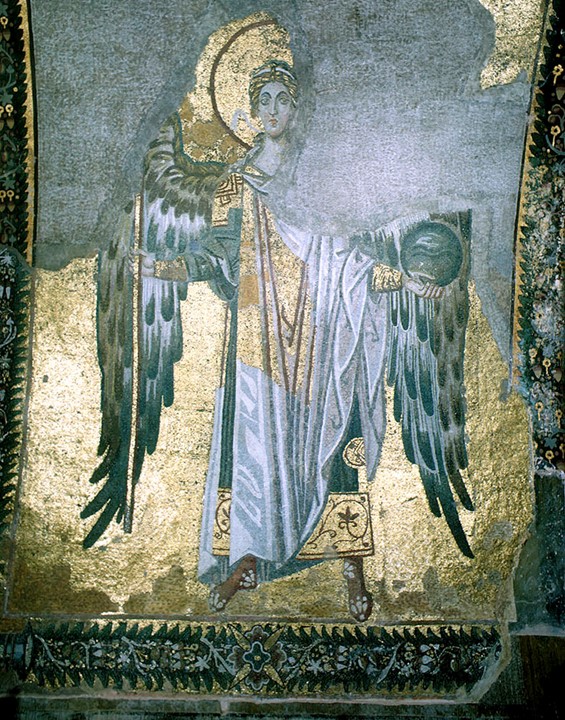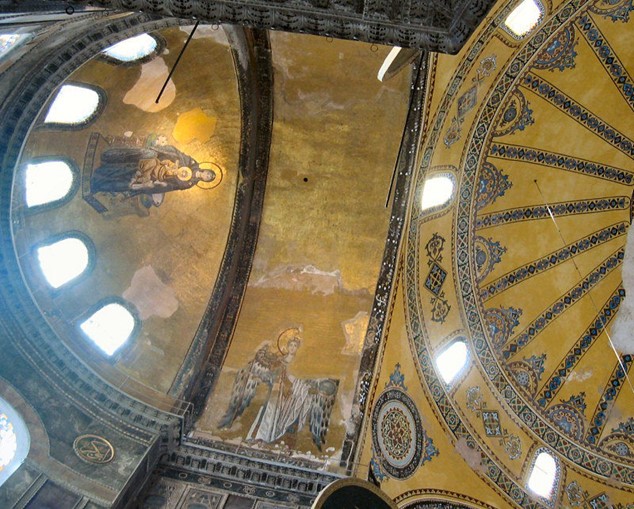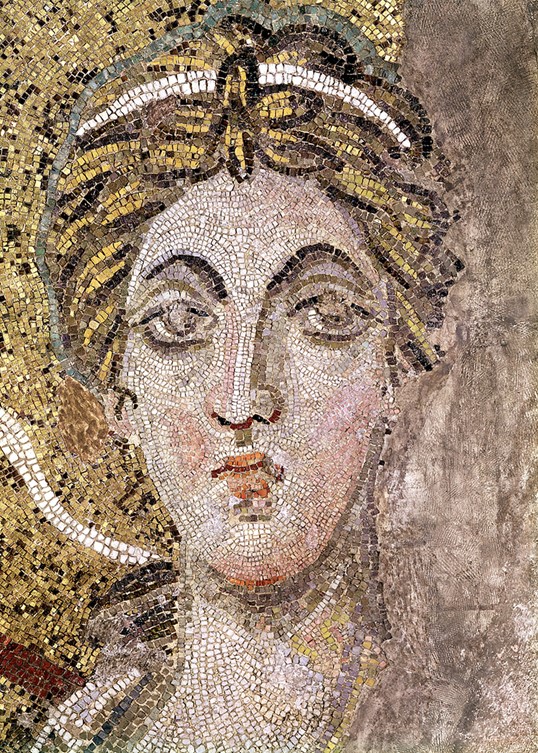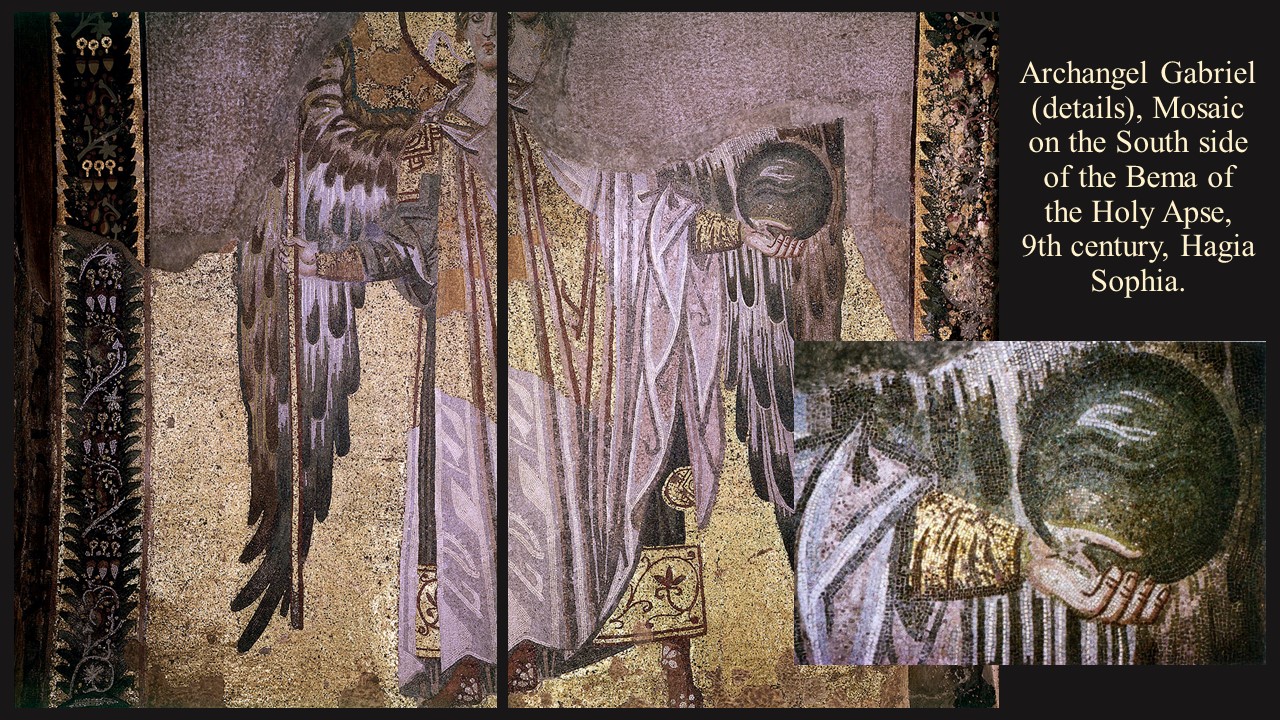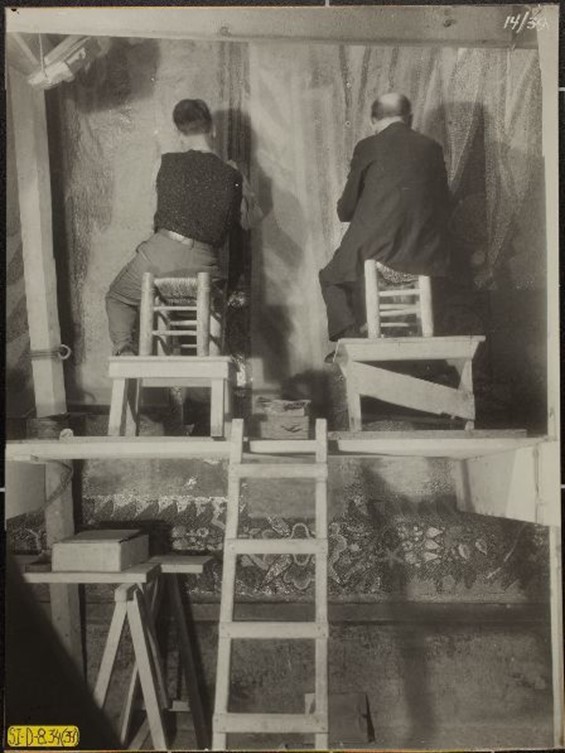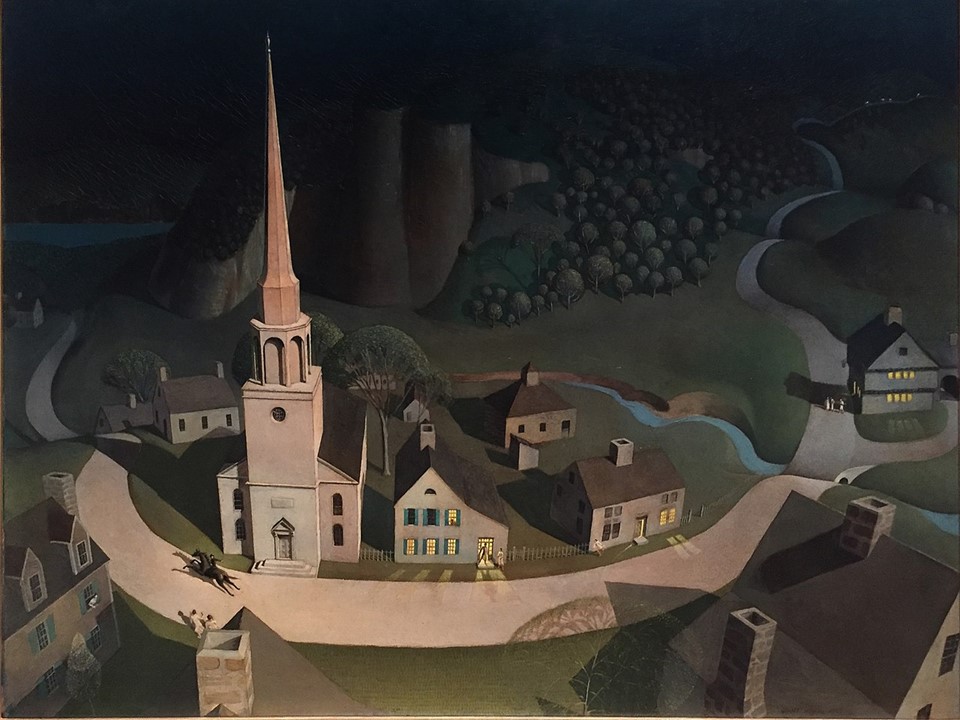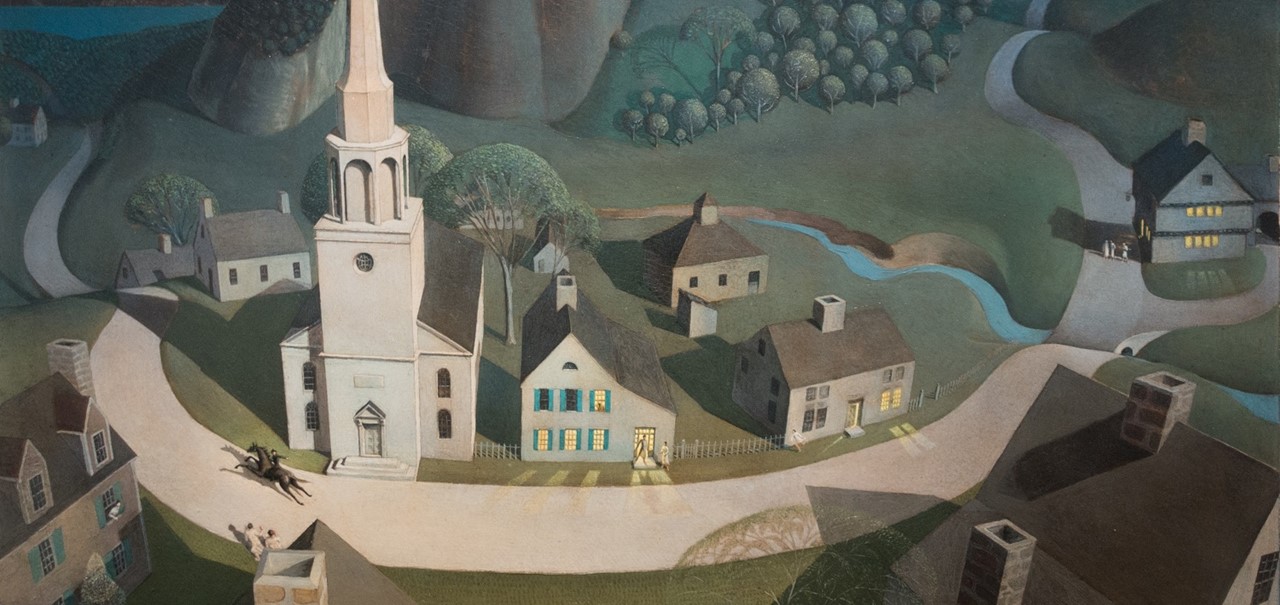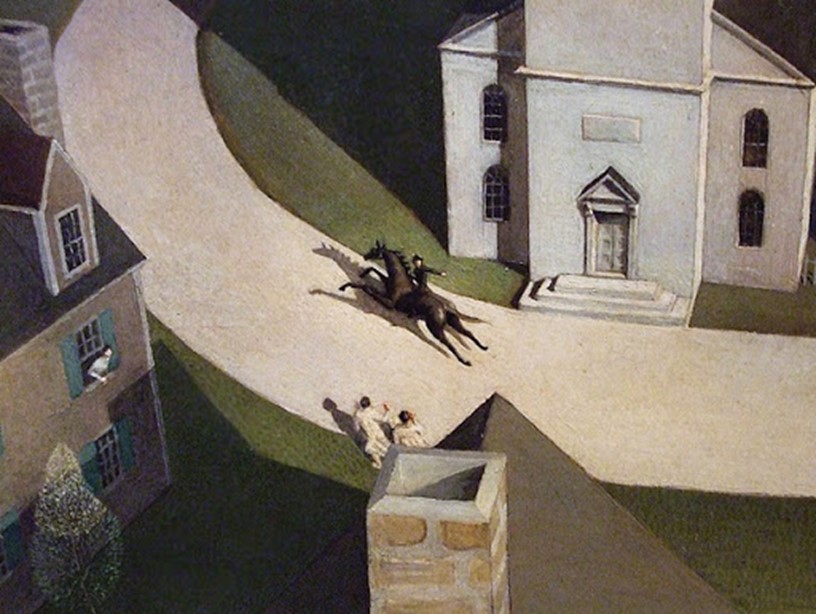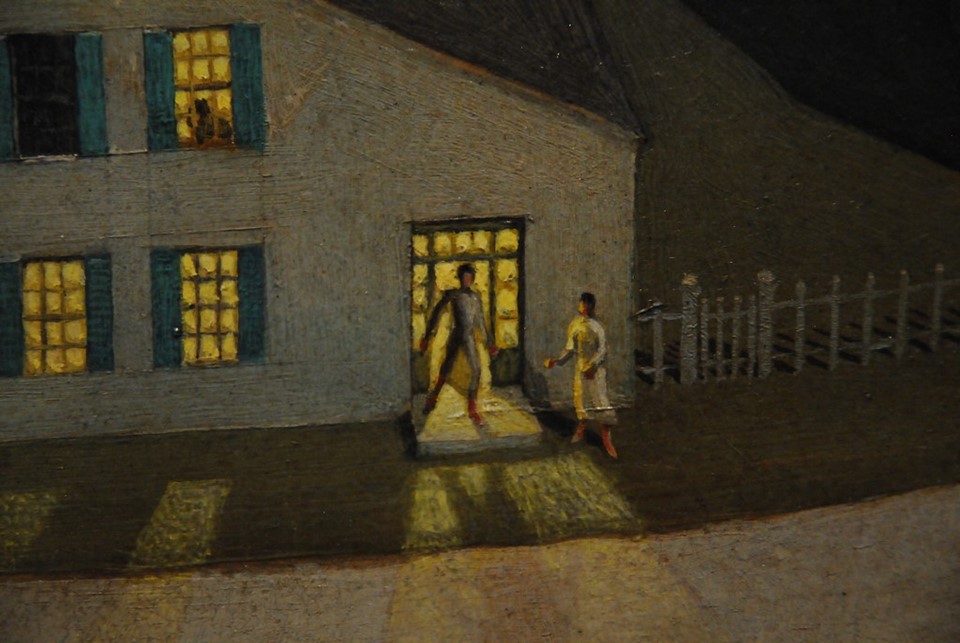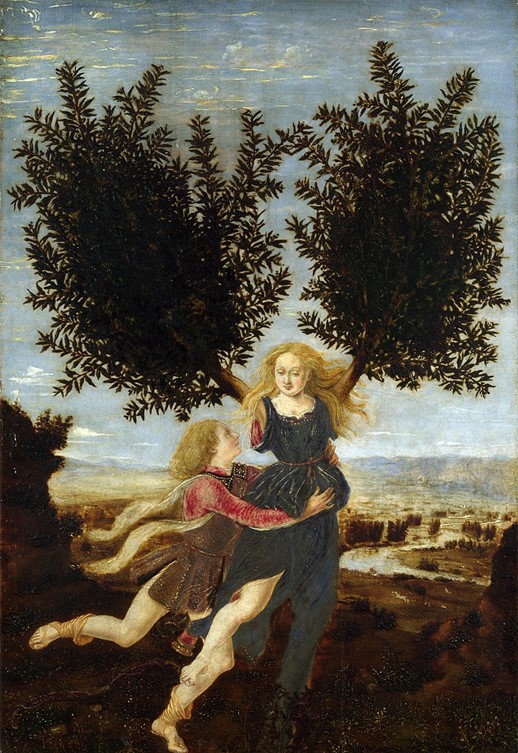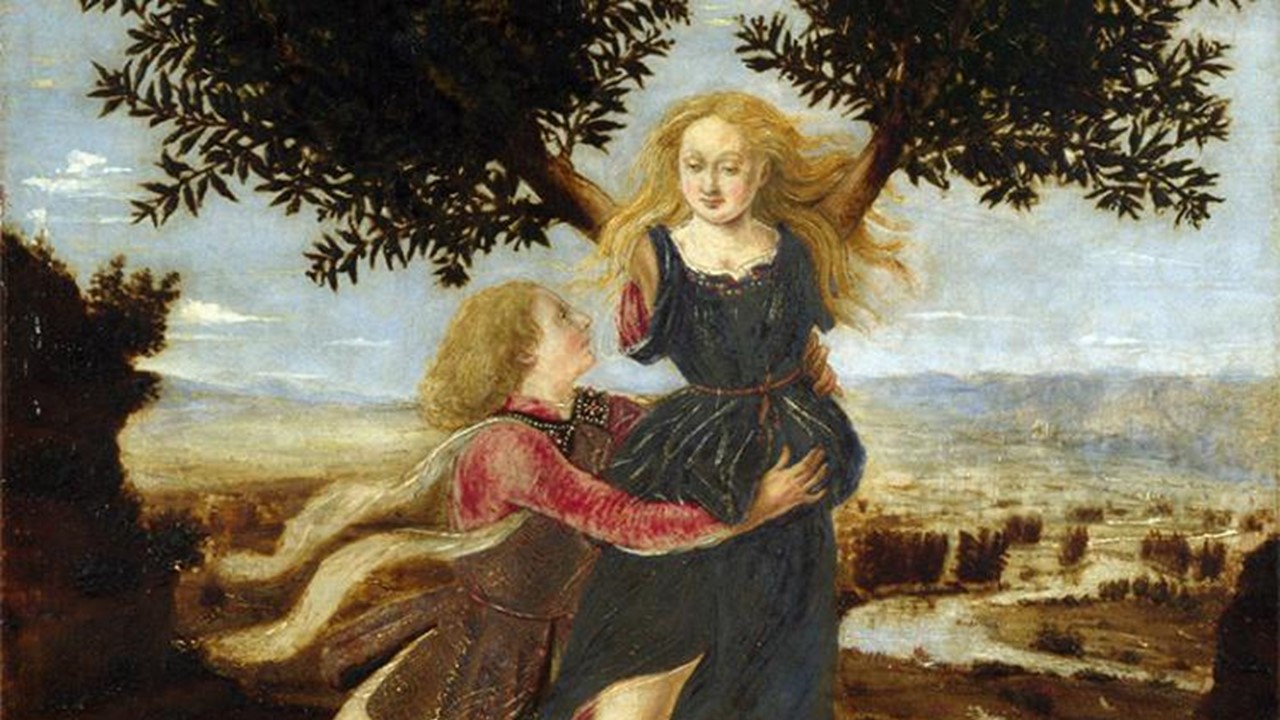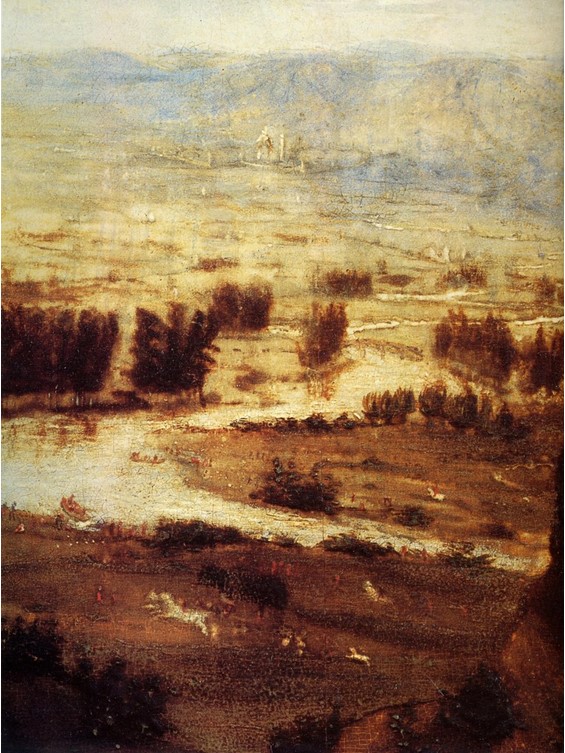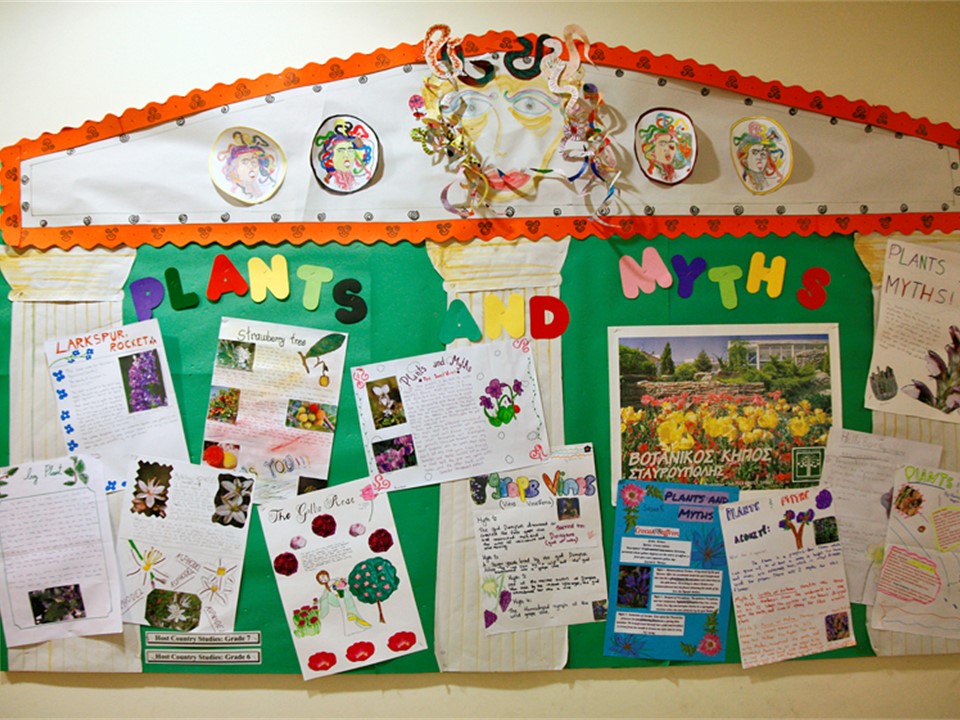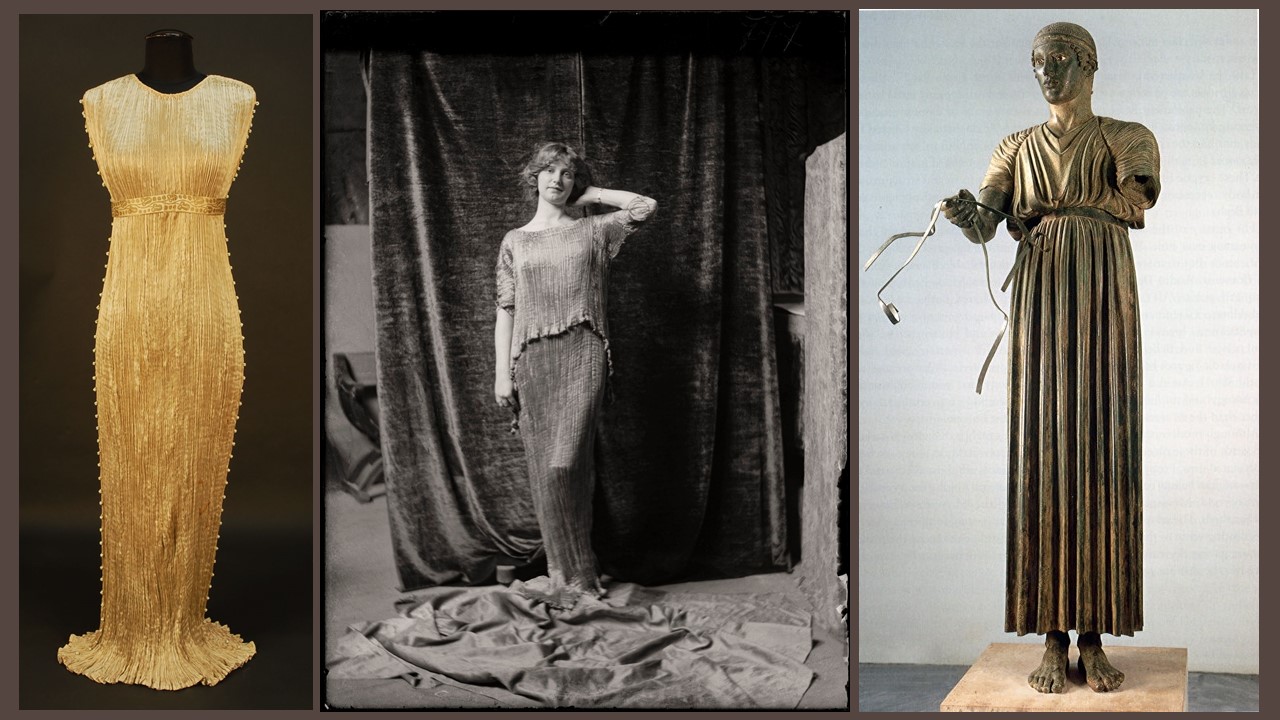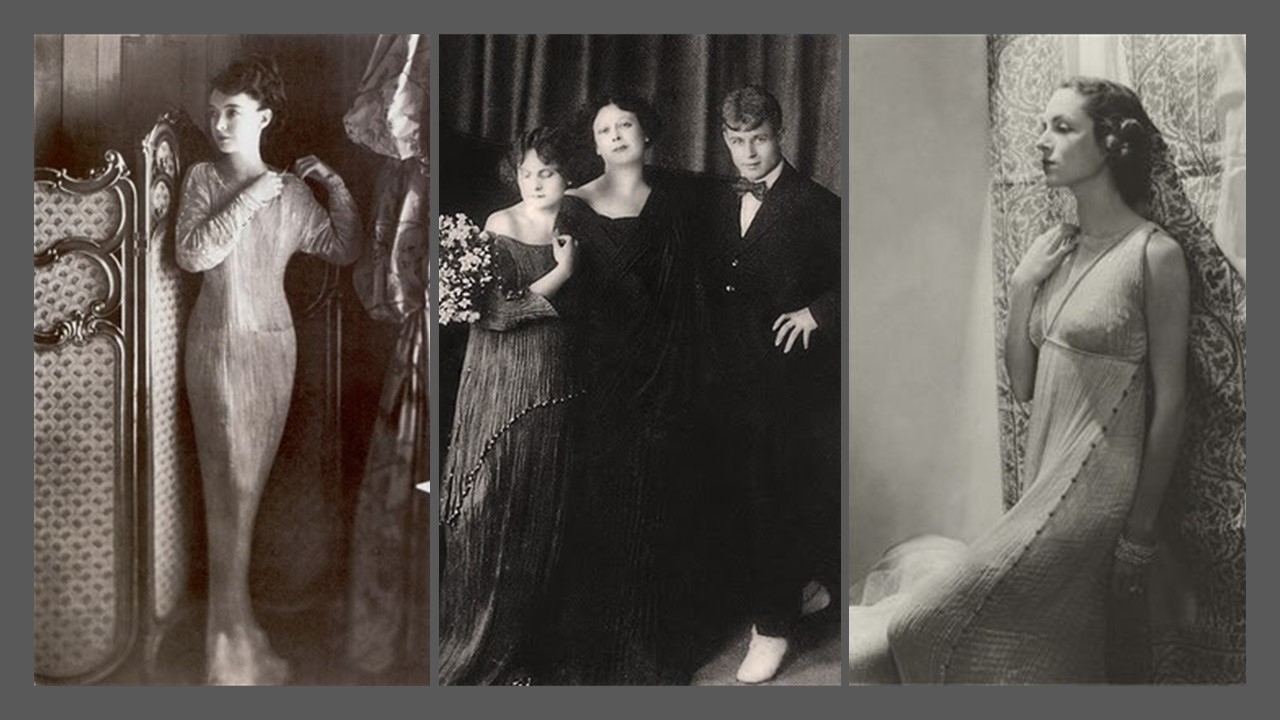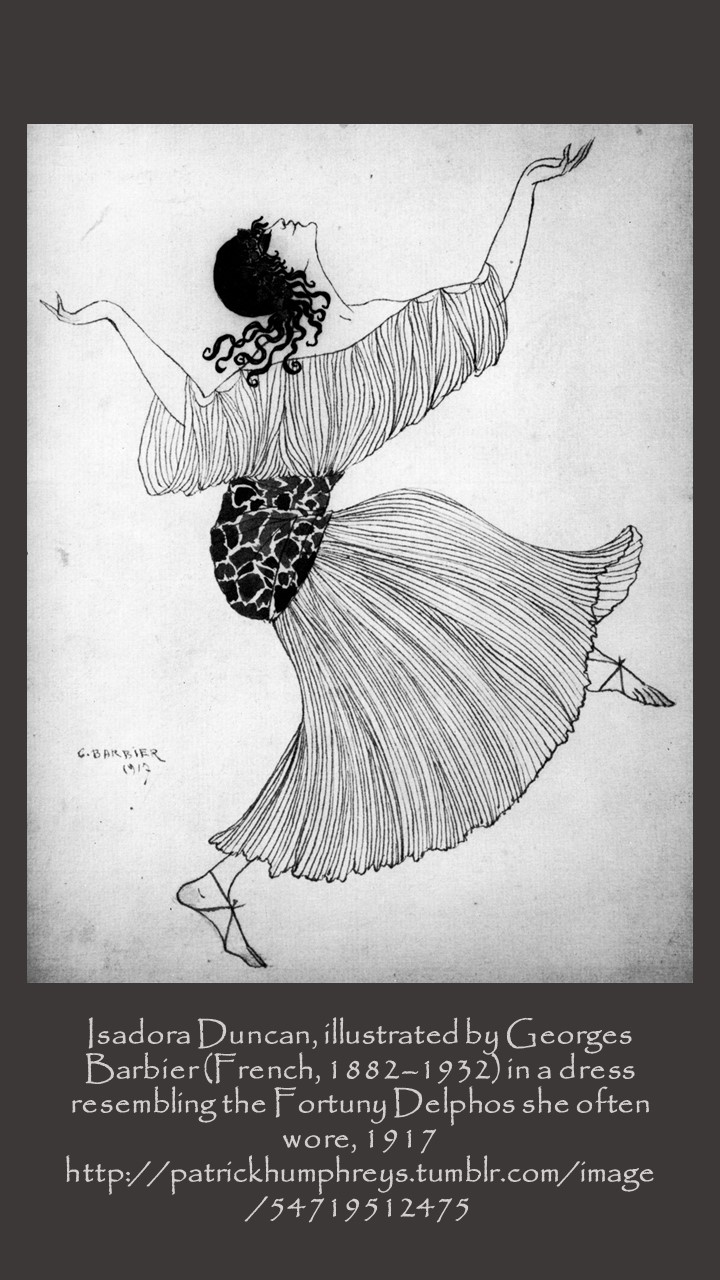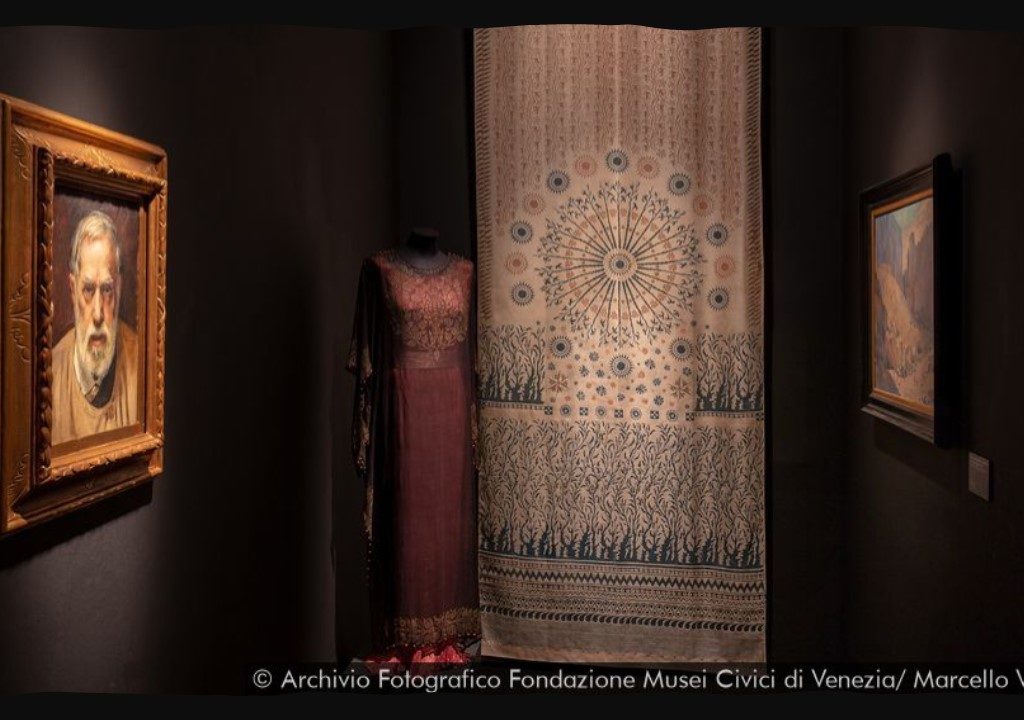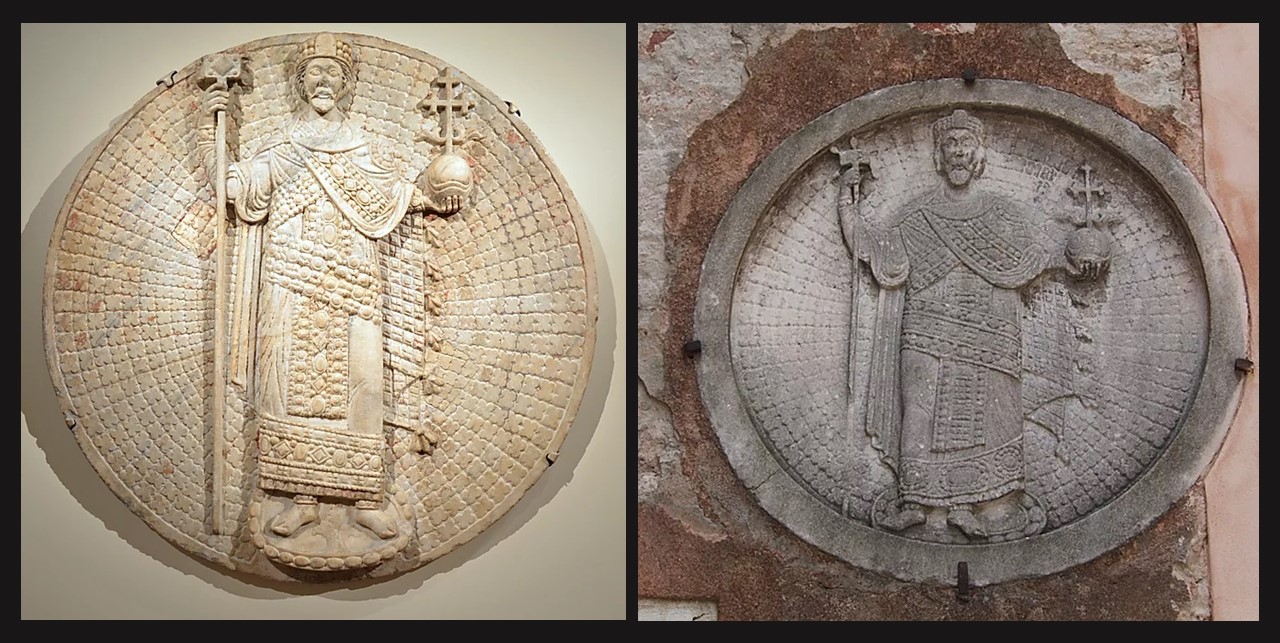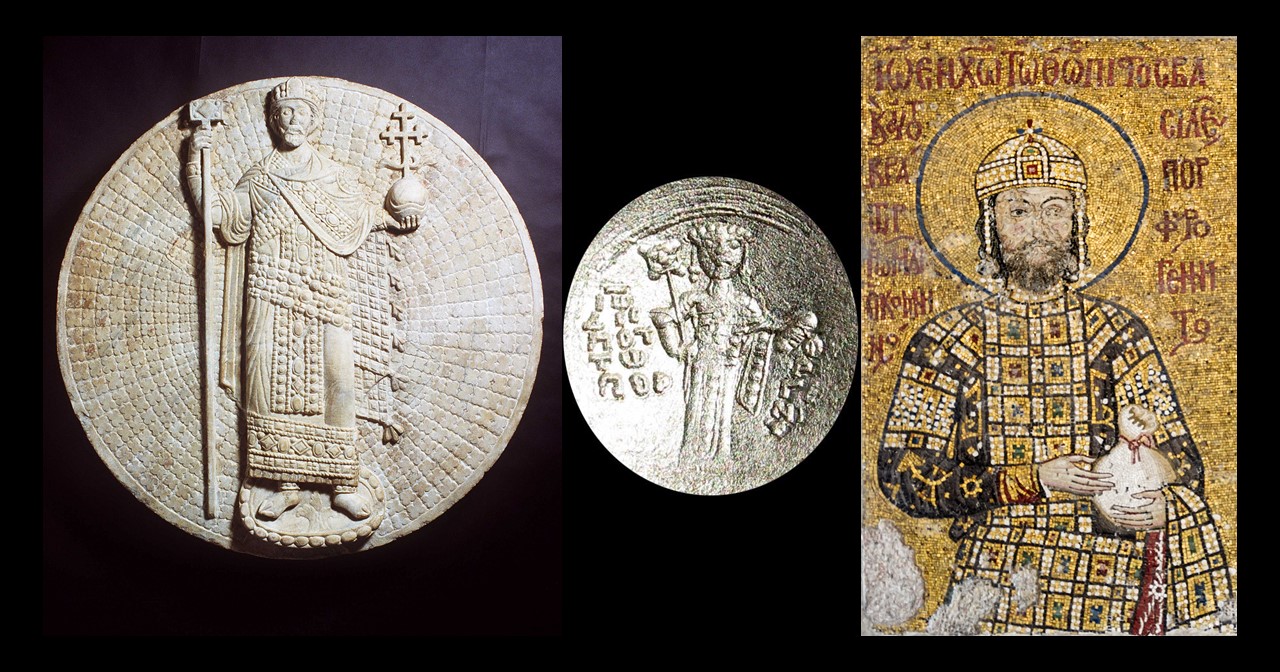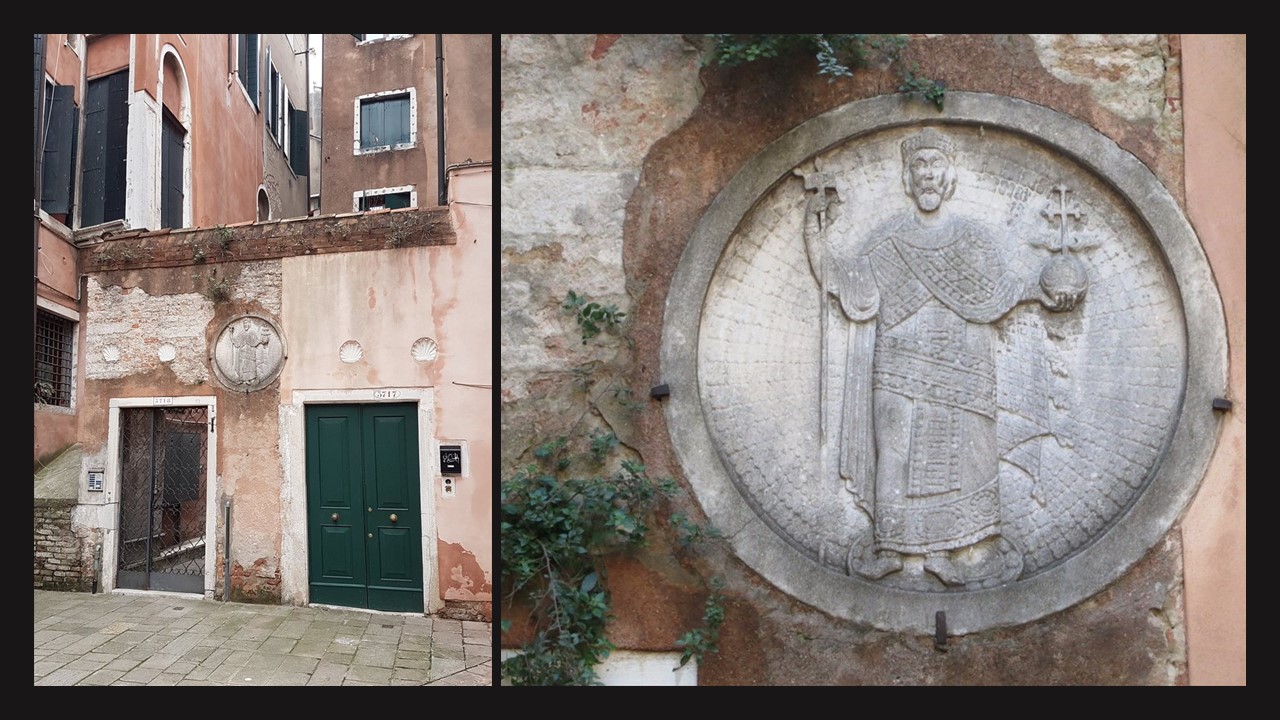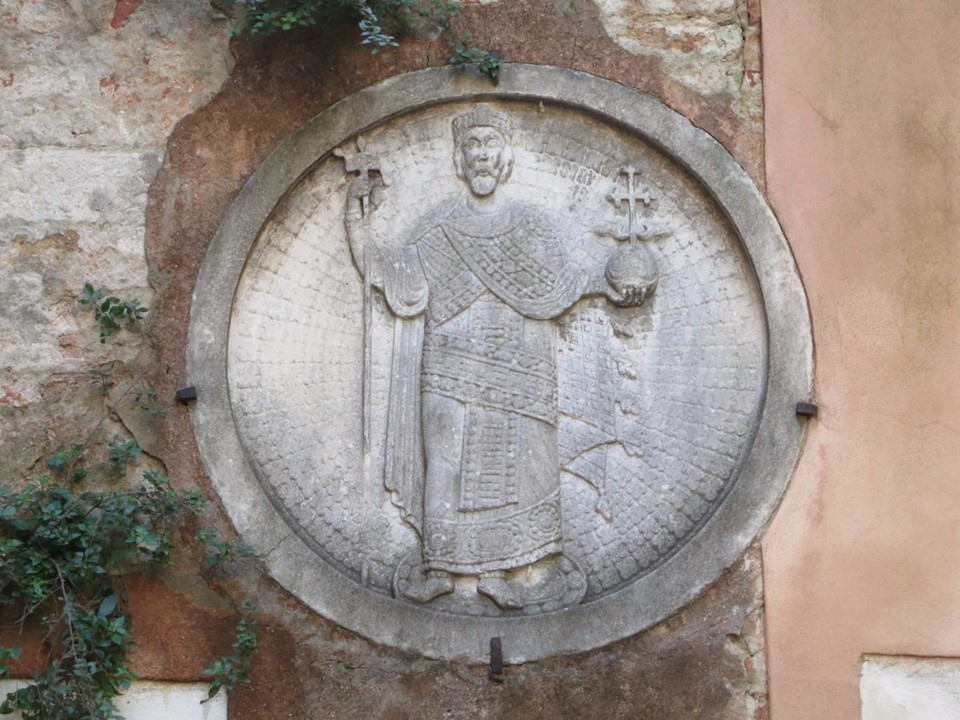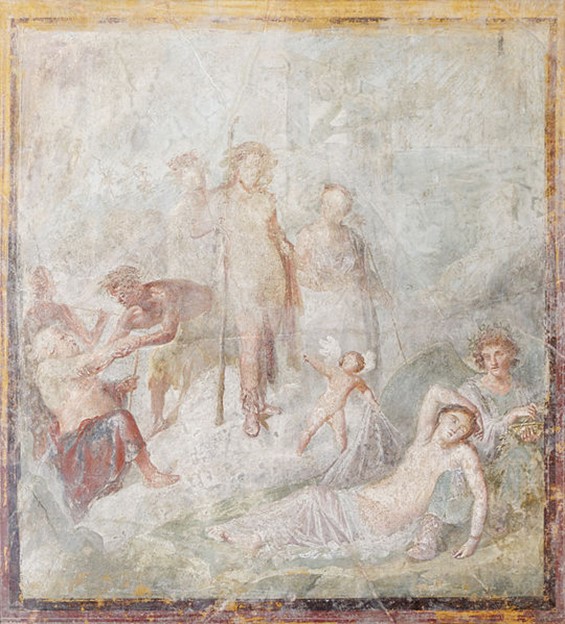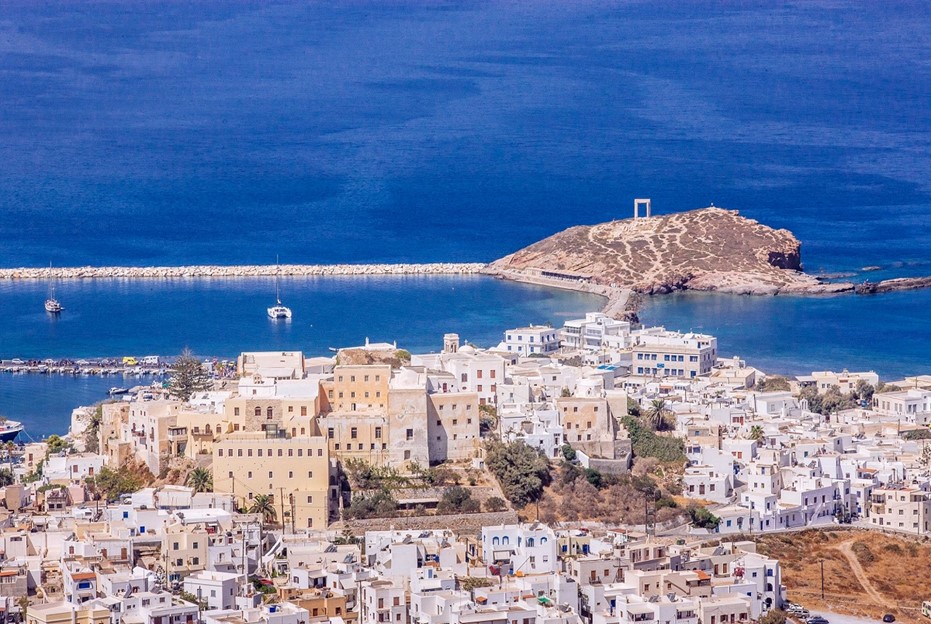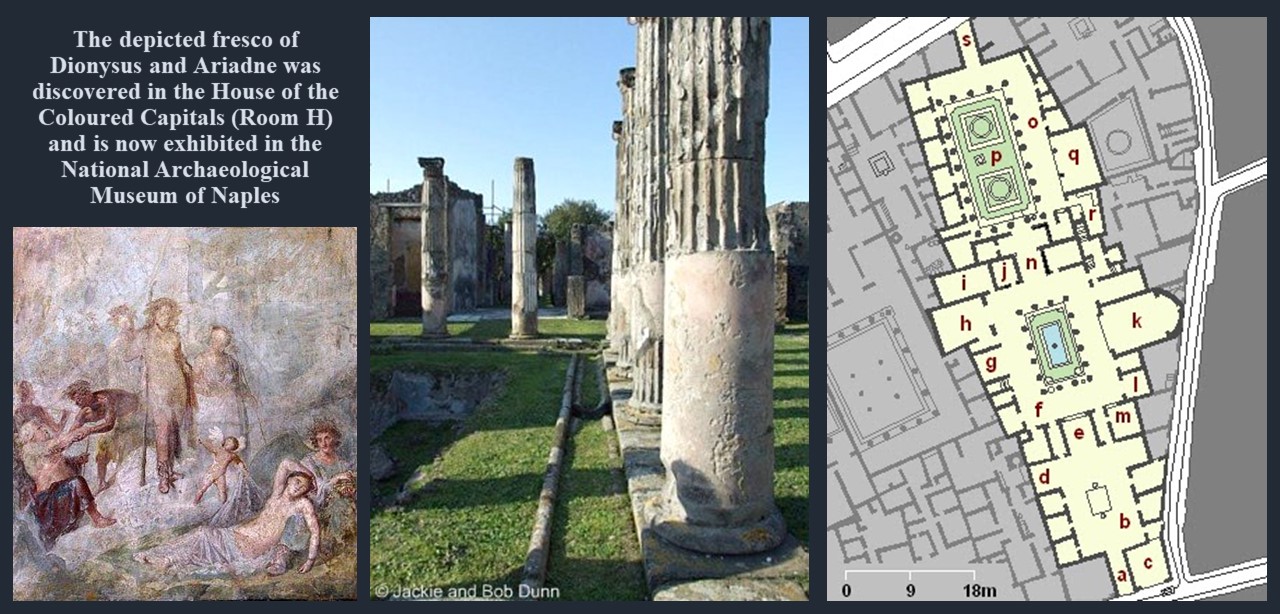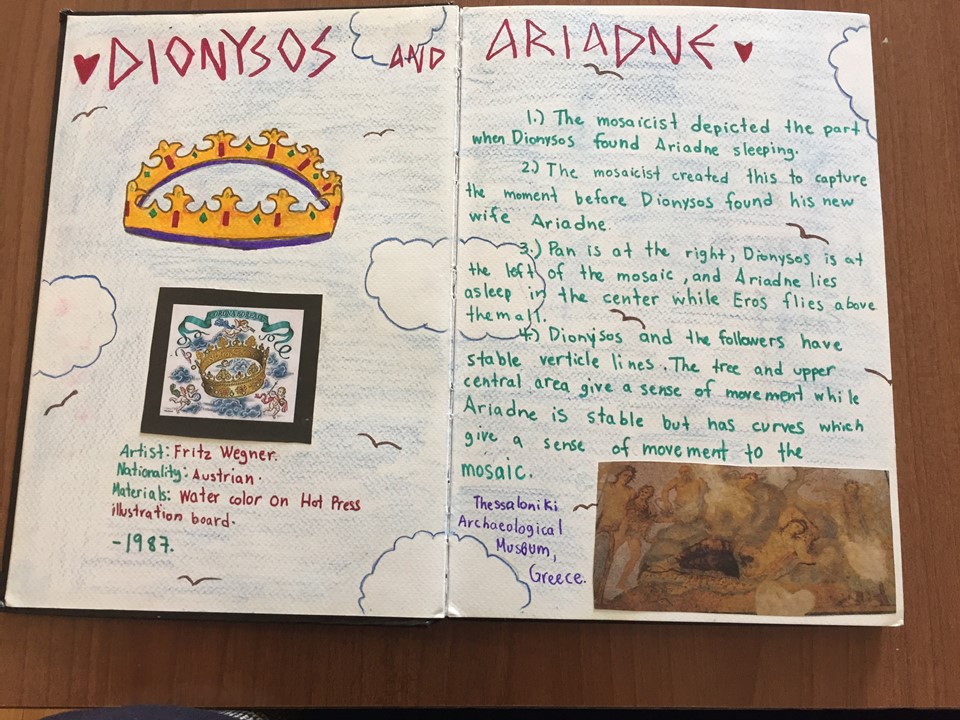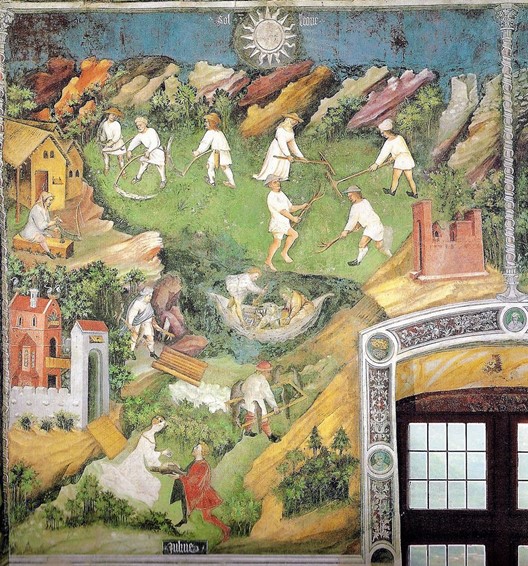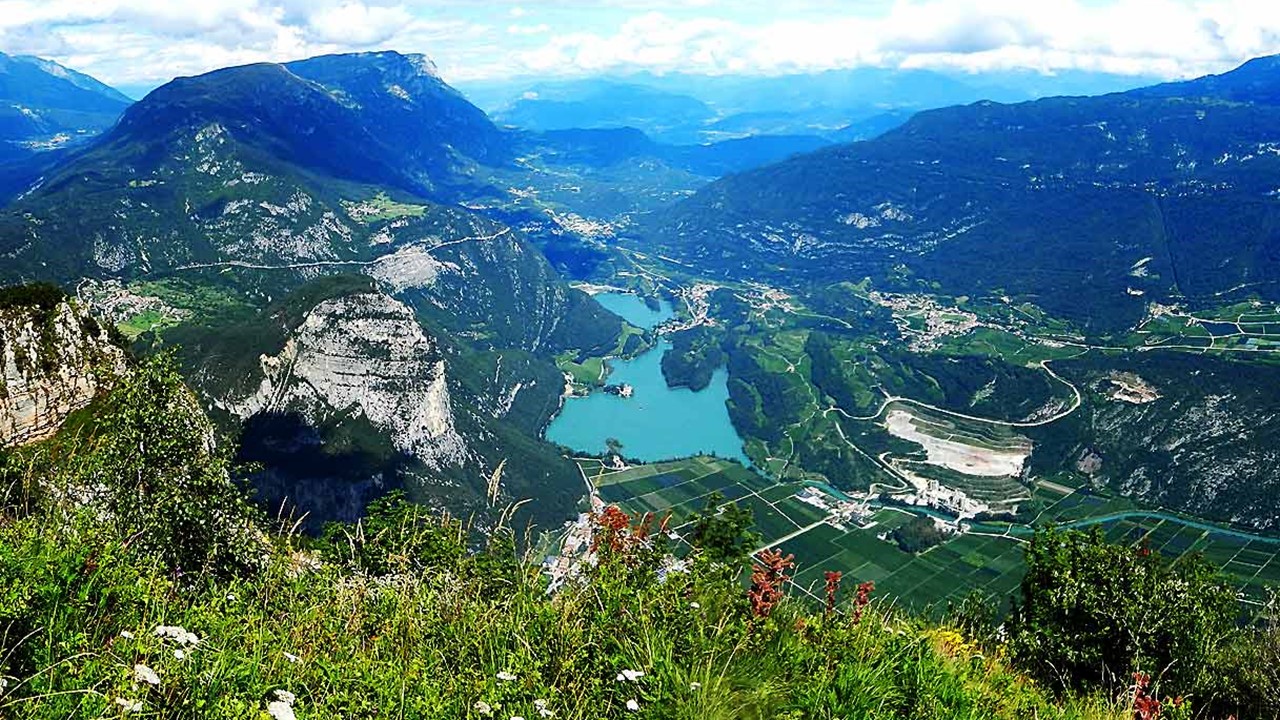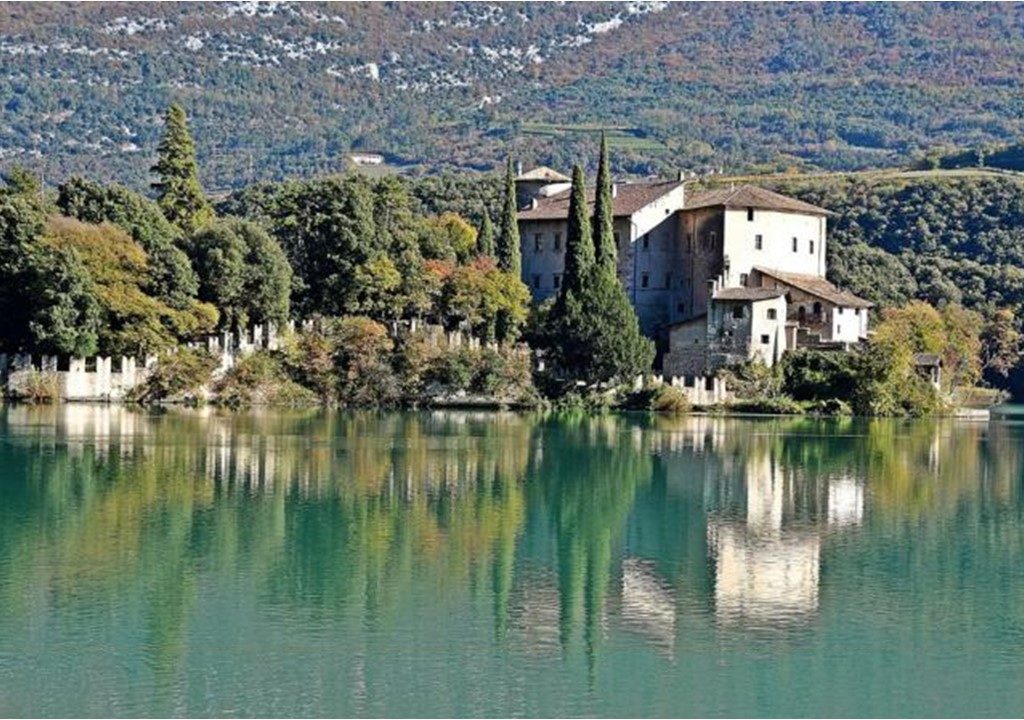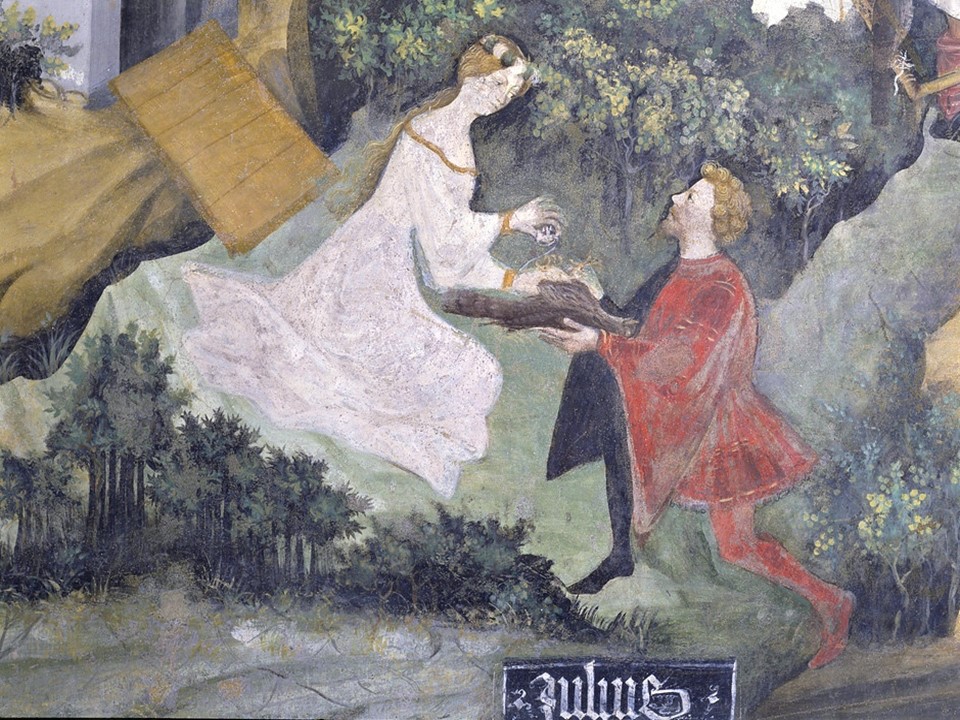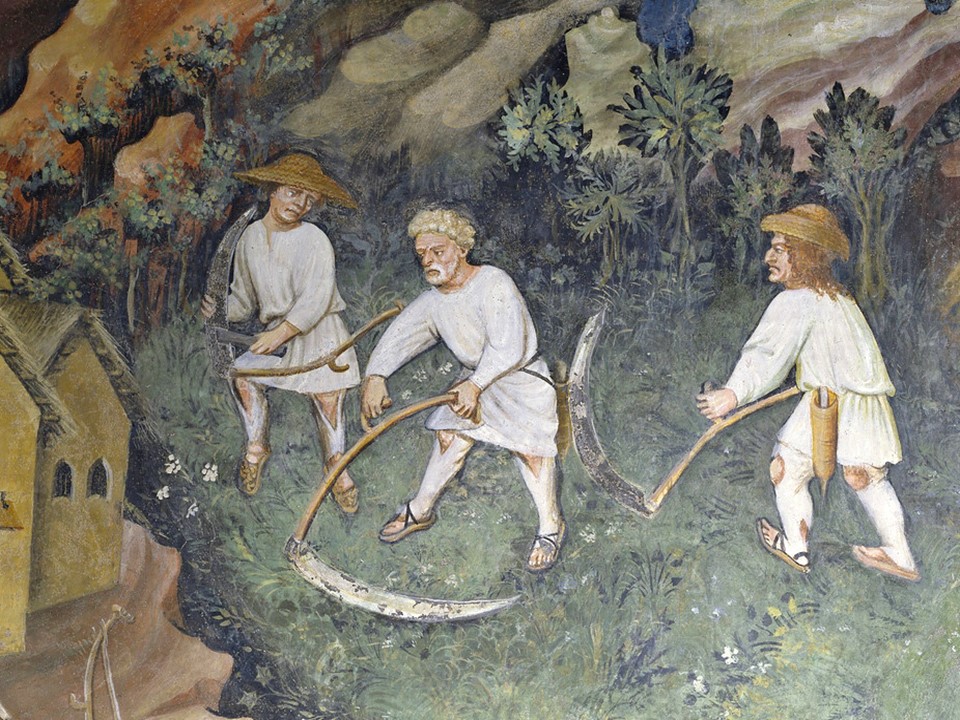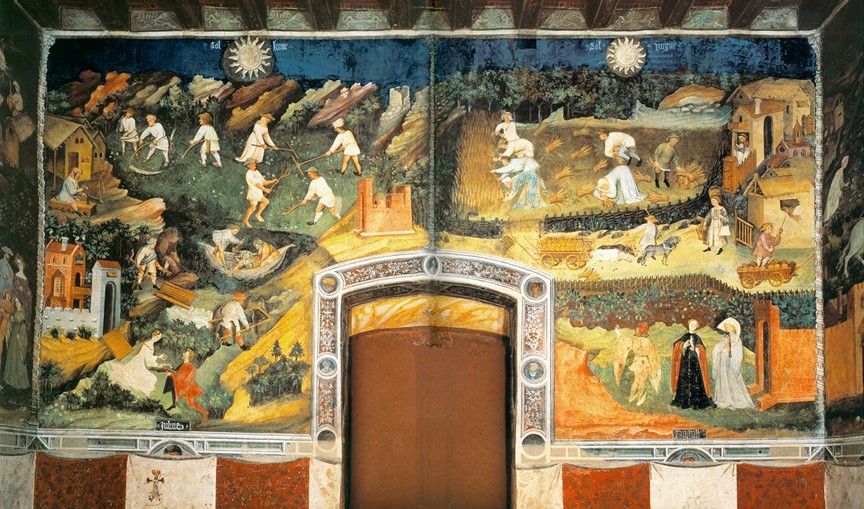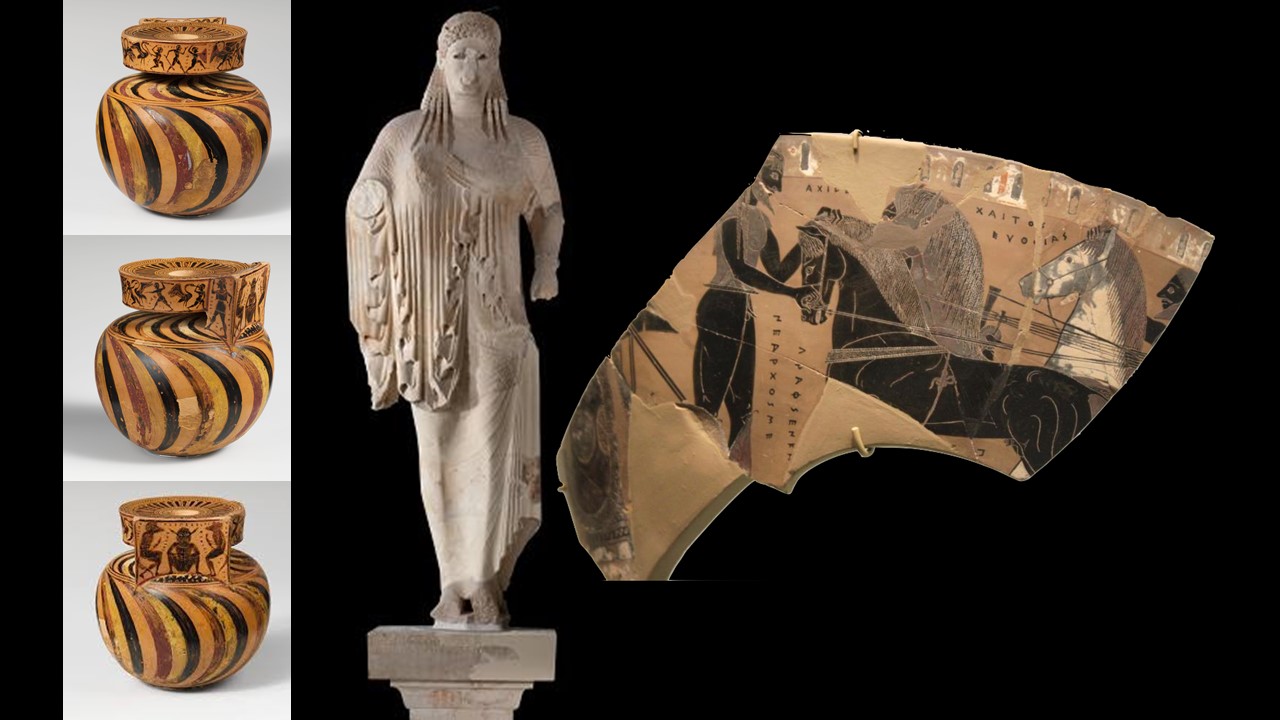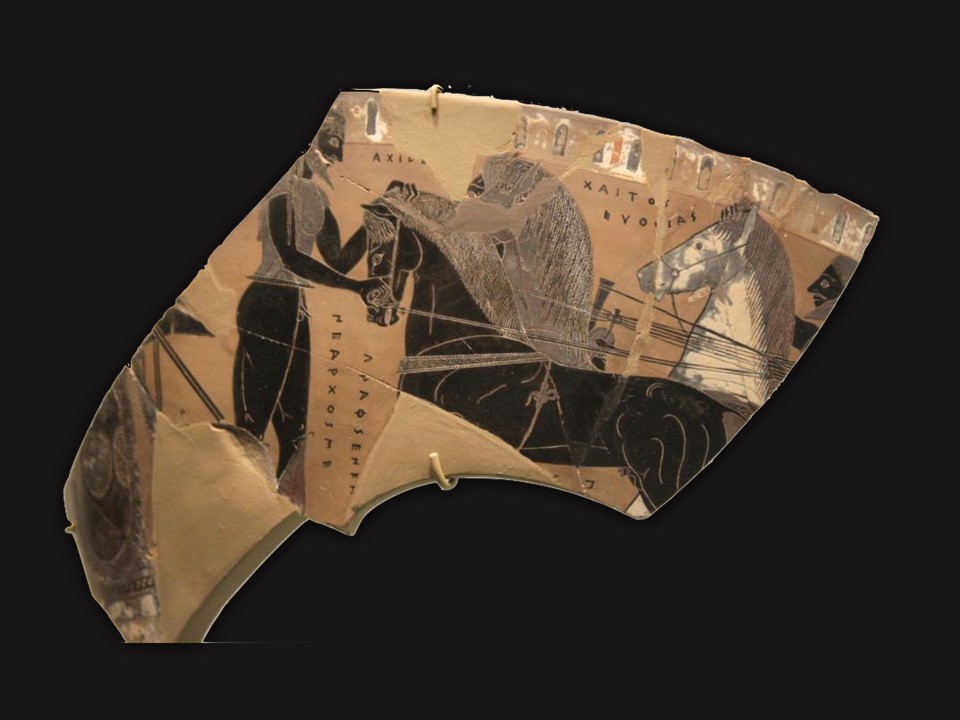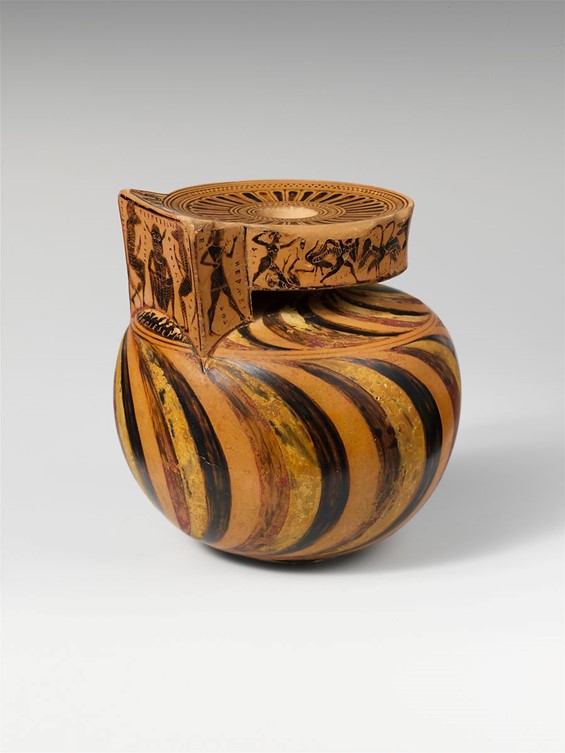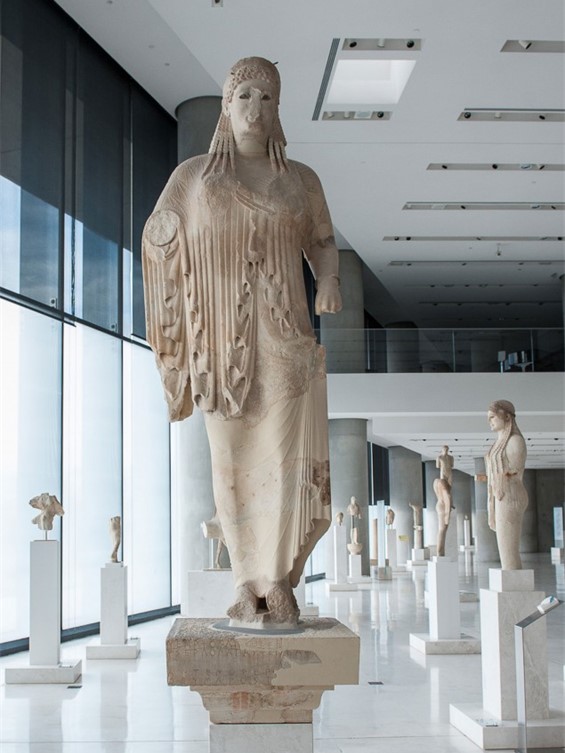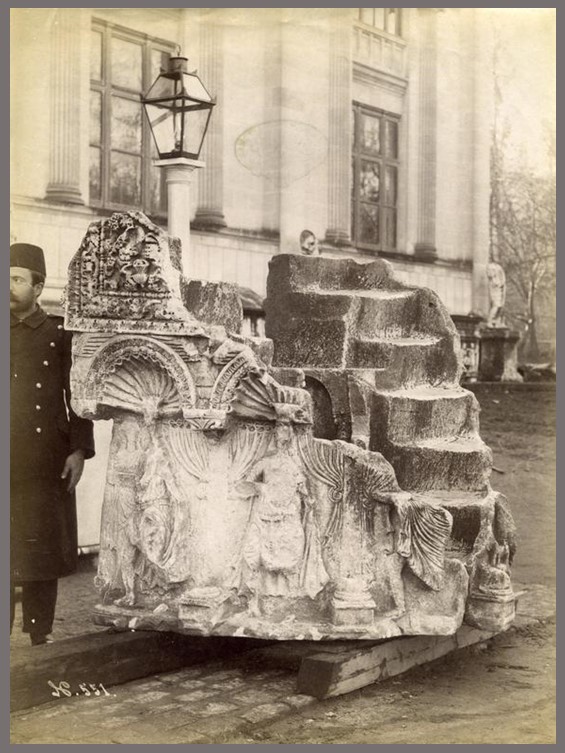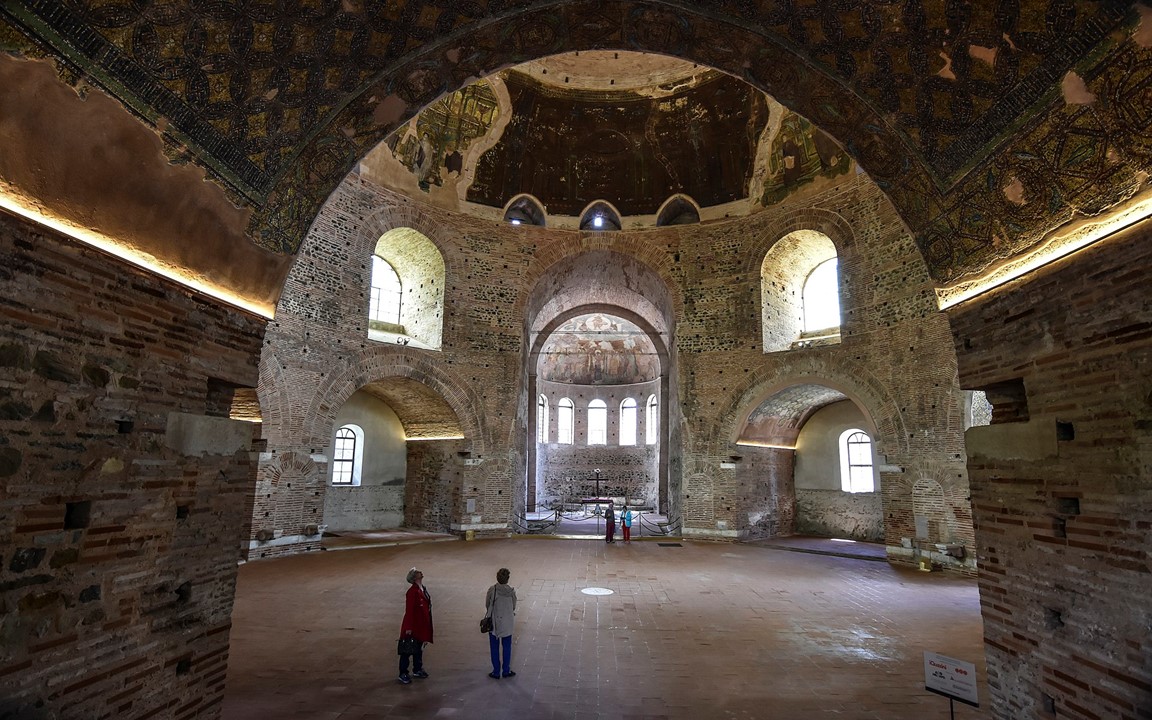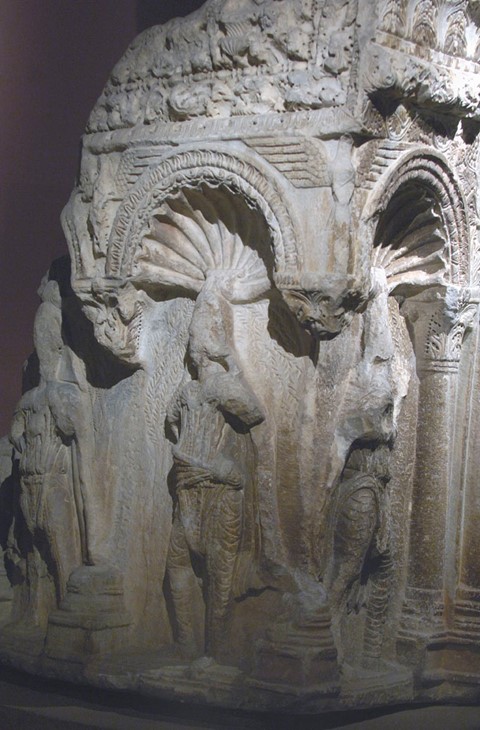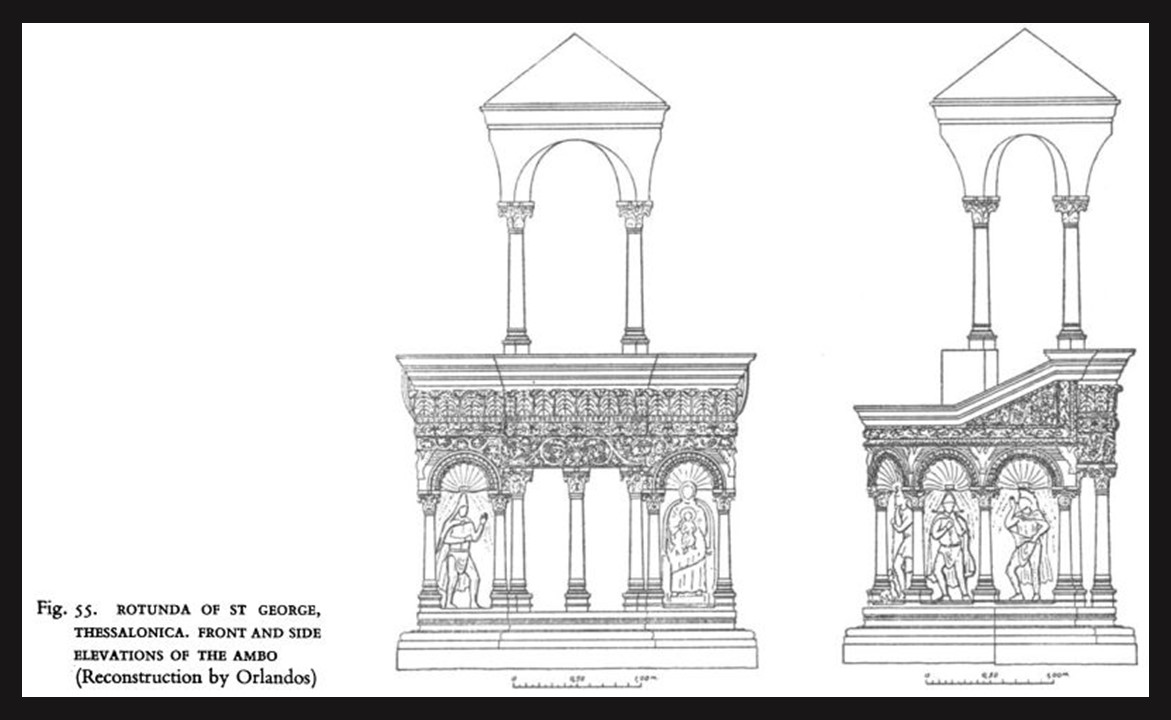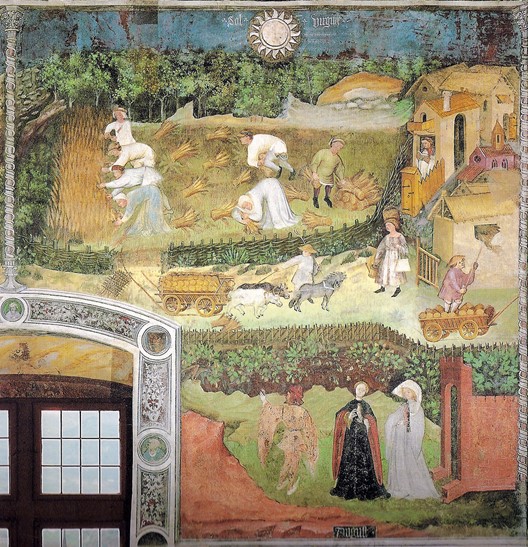
“I am a reaper whose muscles set at sun-down. All my oats are cradled. / But I am too chilled, and too fatigued to bind them. And I hunger. / I crack a grain between my teeth. I do not taste it. / I have been in the fields all day. My throat is dry. I hunger / My eyes are caked with dust of oat-fields at harvest-time. / I am a blind man who stares across the hills, seeking stack’d fields of other harvesters. …” writes the African-American poet, Jean Toomer (1894—1967) and I think of The Month of August by Maestro Venceslao, in Torre Aquila, Castello del Buonconsiglio in Trento, Italy. https://www.poetryfoundation.org/poems/53989/harvest-song
The Cycle of the Twelve Months is a favourite theme in the arts of the Middle Ages and the Early Renaissance. Often linked to the signs of the Zodiac, the Cycle of the Months is often perceived as a link between the work of man, the seasons of the year and God’s ordering of the Universe. As a theme, it recurred in the sculptural decorations of cathedrals and churches across Europe, in illuminated manuscripts like the popular Books of Hours, palace frescoes and, rarely, panel paintings.
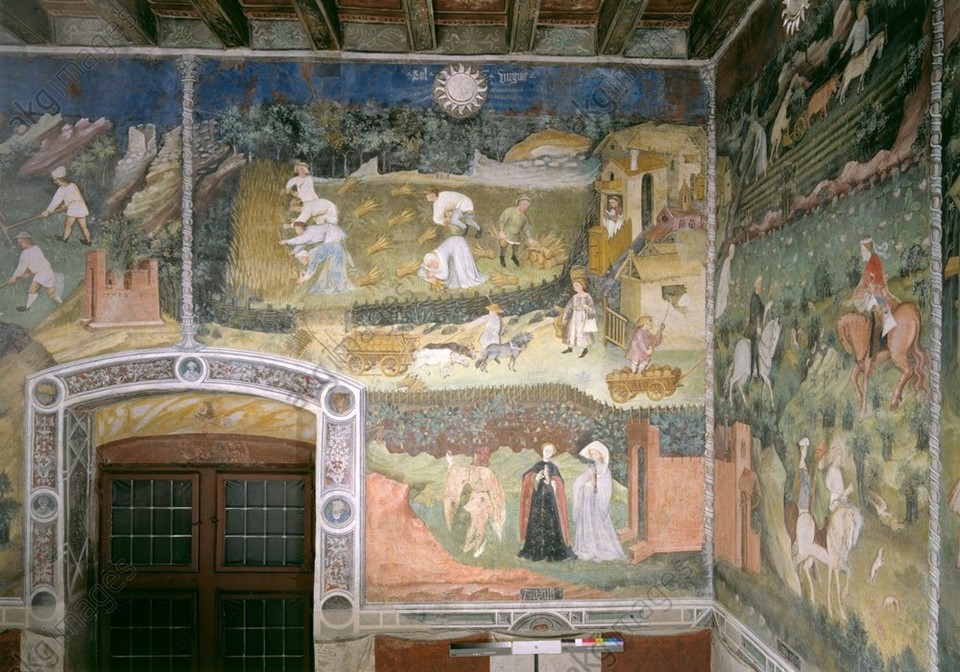
The fresco panels in Torre Aquila are rare and special. They document life in the Trentino area, with references to aristocratic pastimes throughout the year, or the peasant activities and duties to their masters. They also depict a vivid landscape, romanticized even then, from bare and covered with snow, to rich and fertile, to autumnal, covered with fallen leaves.
August is a special month for Trentino residents and Maestro Venceslao painted it to remind us. We can easily imagine Prince Giorgio di Liechtenstein relaxing in this special room, away from his noisy Court… and among his books and curios enjoy the perfect world that Maestro Venceslao created for him! What a treat!
The Month of August fresco is horizontally divided into three zones, the lower of which is dedicated, once more, to falconry, the European sport par excellence, for the aristocracy. The fresco depicts two elegant ladies, one dressed in light blue, the other in blue-black and a gentleman holding a long stick, ready to start hunting! They just came out of the crenellated door of a castle and they walk towards a wooded area, their hawks in hand, trained for hunting. August is a summer month of leisure and moments of falconry show privilege, power and social status.
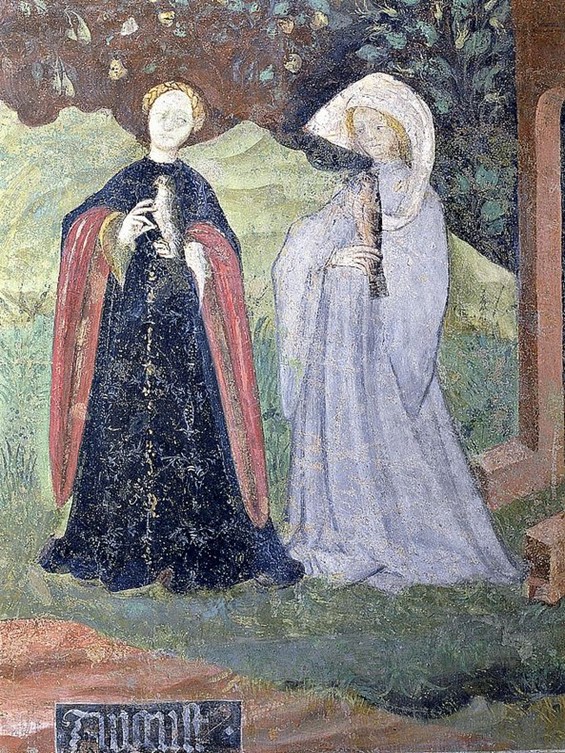
Defining Falconry, we would say that it is the “hunting of wild animals in their natural state and habitat by means of a trained bird of prey.” Falconry most probably began in Mesopotamia, or in western Mongolia. In Europe, and towards the latter part of his life, King Frederick II, a man of extraordinary culture, energy, and ability, wrote a decisive treatise on falconry titled De arte venandi cum avibus (“The Art of Hunting with Birds”) for the sport that “was probably introduced around AD 400, when the Huns and Alans invaded Europe from the east.” Apparently Falconry was an aristocratic sport enjoyed equally by men and women. https://en.wikipedia.org/wiki/Falconry
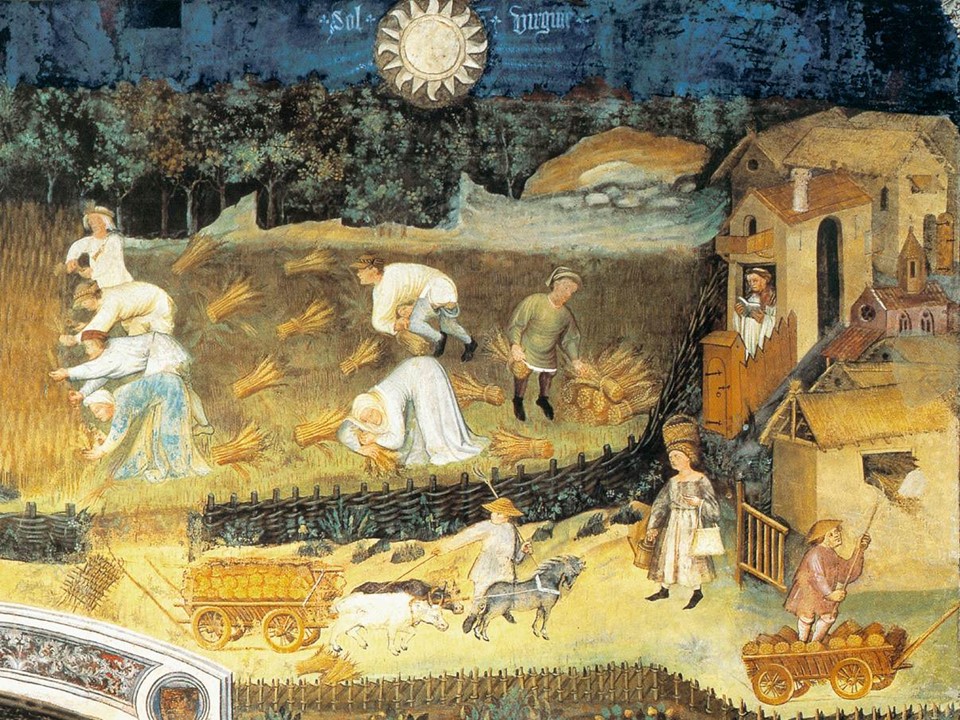
Maestro Venceslao dedicates the biggest part of the August composition to the hard-working peasants of Trento. In the upper zone, the farmers have a lot to work on. It is harvest time, the landscape is turned to golden yellow and both men and women work hard, bending under the blazing sun, to scythe the crops, collect the ears, tie them in sheaves and arrange them in stacks. And this is not enough! Farmers still have to load their wagons with heavy grain, as depicted in the middle zone, and to transport their day’s hard work on the dirt road, to the neighbouring village, where they will store it in the local barn. The village is undoubtedly picturesque, with ocher-coloured houses, thatched roofs, and a small church, brightly coloured pink. My favourite vignette, the depiction of the village priest, standing on the rectory’s threshold intent on reading, oblivious to the commodity around him. https://www.buonconsiglio.it/index.php/Castello-del-Buonconsiglio/monumento/Percorso-di-visita/Torri/Torre-Aquila
A PowerPoint on Torre Aquila’s frescoes for the Months of August and September is… HERE!
